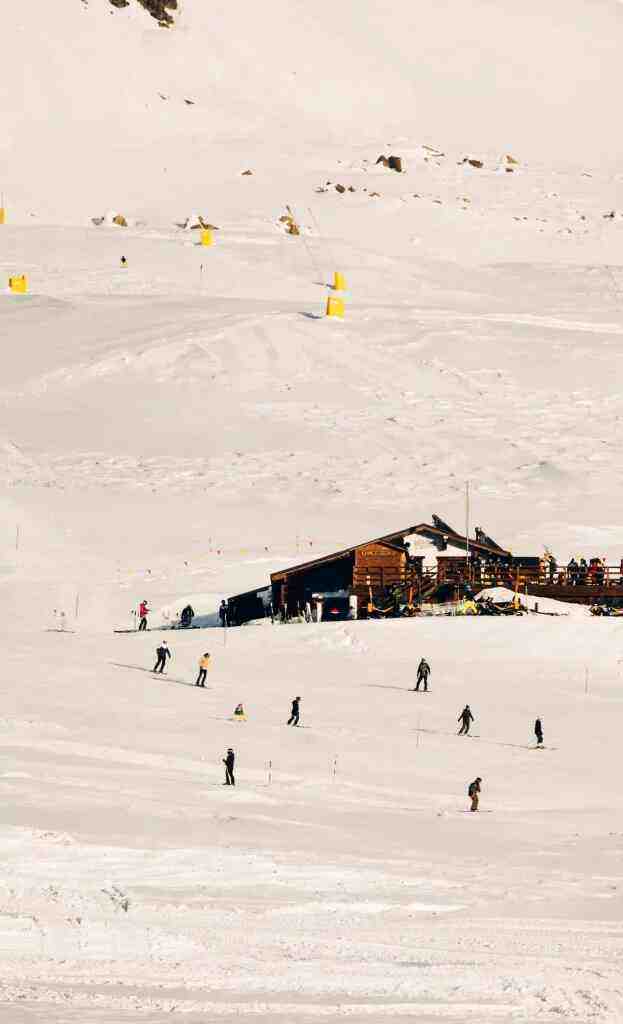Winterize Your Ride: Essential Tips for Safe and Reliable Winter Driving
As the leaves fall and the weather turns colder, it’s crucial to winterize your car for safe and reliable driving during the chilly season. Preparing your vehicle for winter conditions not only ensures your safety but also prevents costly repairs and maintenance issues down the road.
1. Tire Check: The Foundation of Winter Traction
Your tires are the direct line of contact between your car and the road, making them paramount for winter driving. Consider the following:
- Winter Tires: The ideal choice for snowy and icy conditions, winter tires feature specialized tread patterns and rubber compounds that provide superior traction and grip.
- All-Season Tires: If you live in an area with milder winters, all-season tires may suffice. However, they don’t match the performance of winter tires in extreme conditions.
- Tire Pressure: Cold weather can cause tire pressure to drop, affecting handling and safety. Regularly check and adjust tire pressure according to the manufacturer’s recommendations.
- Tire Tread: Worn-out tires compromise traction and increase the risk of accidents. Inspect your tires for adequate tread depth and replace them if necessary.
2. Battery Boost: Keep the Heart of Your Car Healthy
Cold temperatures can put a strain on your car’s battery, making it more prone to failure. Take these precautions:
- Battery Check: Have your battery tested by a professional to assess its health and replace it if needed. A weak or old battery is more likely to fail in cold weather.
- Clean Terminals: Corrosion on battery terminals can impede electrical flow and cause starting problems. Clean the terminals with a wire brush and apply a protectant to prevent further corrosion.
- Boost Cables: Keep a set of booster cables in your car in case of a dead battery. Make sure you know how to properly use them.
3. Windshield Wipers: Clear Vision in Inclement Weather
Good visibility is essential for safe driving, especially in winter. Ensure your windshield wipers are up to the task:
- Replace Worn Wipers: Worn-out wiper blades can smear water and snow, reducing visibility. Replace them every six to twelve months, or sooner if they show signs of wear.
- Winter Wiper Blades: Consider winter-specific wiper blades designed to perform well in snowy and icy conditions.
- De-Icing Solution: Keep a bottle of de-icing solution in your car to quickly remove ice and snow from your windshield and windows.
4. Antifreeze and Coolant: Protection Against Freezing
Freezing temperatures can cause your car’s engine to freeze and crack, leading to costly repairs. Protect your engine with the right antifreeze and coolant:
- Check Coolant Levels: Regularly inspect the coolant level in your car’s reservoir and top it off if necessary.
- Antifreeze Concentration: Make sure the antifreeze-to-water ratio is correct for your climate. A 50/50 mix is generally recommended.
- Coolant Flush: Over time, coolant can lose its effectiveness. Flush the coolant system every two to three years or according to the manufacturer’s recommendations.
5. Emergency Kit: Be Prepared for the Unexpected
Winter driving can be unpredictable, so it’s essential to have an emergency kit in your car. Include the following items:
- First Aid Kit: A basic first aid kit can come in handy in case of minor injuries.
- Flashlight and Batteries: A flashlight and extra batteries are essential for visibility in case of a breakdown or emergency.
- Jumper Cables: Keep a set of jumper cables in your car to jump-start your battery if it dies.
- Non-Perishable Snacks and Water: Pack non-perishable snacks and water in case you get stranded.
- Blanket and Warm Clothes: A blanket and warm clothes can keep you warm if you’re stranded in cold weather.
By following these essential tips, you can winterize your car and ensure safe and reliable driving during the cold season. Remember, winter driving requires extra caution and preparation, so always be prepared for the unexpected. Stay safe and enjoy the winter roads!
